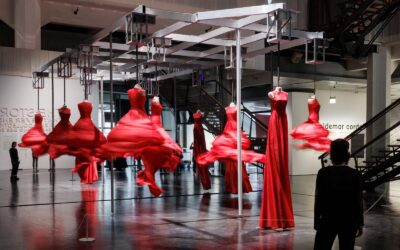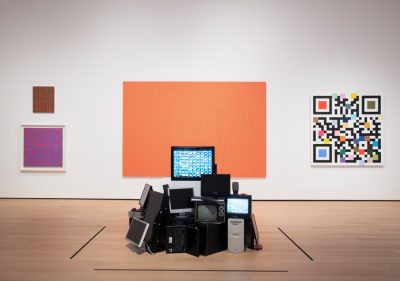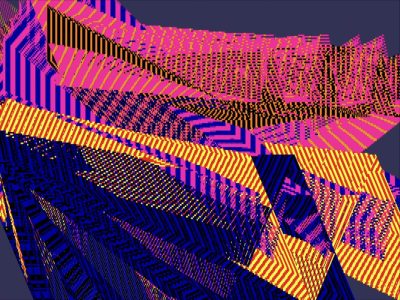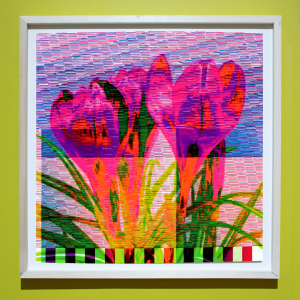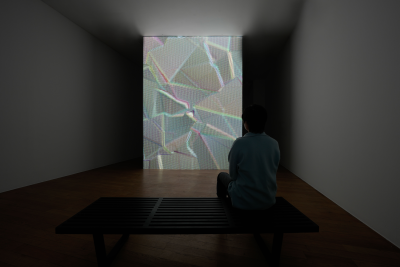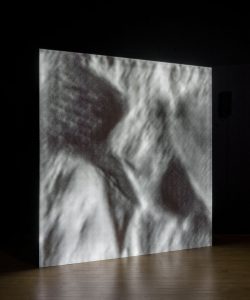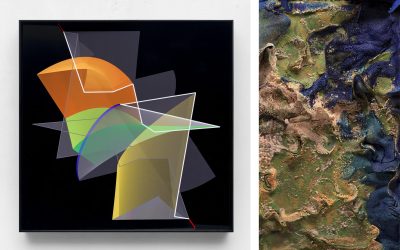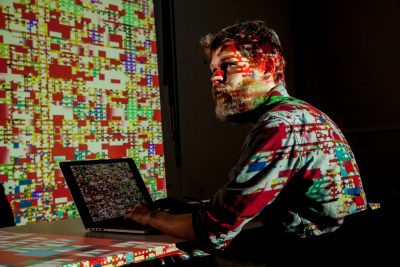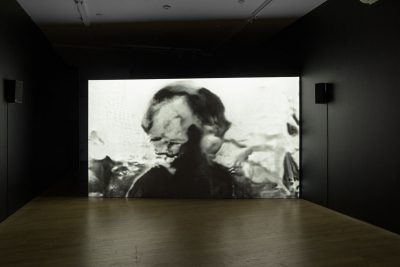bitforms gallery’s 2025 presentation brings together three generations of artists whose practices chart the trajectory and ongoing vitality of generative art, a medium that now stands as a defining lens through which contemporary culture negotiates technology, creativity, and perception. By foregrounding works created through custom software, replete with algorithmic systems and machine learning, our booth presentation positions generative art as the contemporary medium of our era.
Art Basel Miami Beach 2025
Booth Z12
bitforms gallery’s 2025 presentation brings together three generations of artists whose practices chart the trajectory and ongoing vitality of generative art, a medium that now stands as a defining lens through which contemporary culture negotiates technology, creativity, and perception. By foregrounding works created through custom software, replete with algorithmic systems and machine learning, our booth presentation positions generative art as the contemporary medium of our era.
The booth centers around a historic milestone by Manfred Mohr, who is widely regarded as a pioneer of algorithmic art. In 1969 Mohr programmed his first computer drawings after learning the Fortran IV programming language to create compositions that he executed as ink drawings on paper. Mohr’s first major museum exhibition, Une esthétique programmée, took place shortly thereafter in 1971 at the Musée d’Art Moderne de la Ville de Paris. The exhibition has since become known as the first solo show in a museum of works entirely calculated and drawn by a digital computer. During the exhibition, Mohr demonstrated his process of drawing his computer-generated imagery using a Benson flatbed plotter for the first time in public. Mohr’s pieces have been based on the logical structure of cubes and hypercubes—including the lines, planes, and relationships among them—since 1973. On view is Mohr’s first live generative program, created in 2000, alongside a body of printed canvases developed with the series. These works mark the artist’s inaugural exploration of color—a pivotal moment in his oeuvre—and showcase his foundational experiments that paved the way for an entirely new aesthetic language of generative art. Shown at bitforms gallery in 2002, this secondary presentation pays homage to the enduring influence of Mohr’s programs and pays homage to the gallery’s 25th anniversary.
Casey Reas’ Earthly Delights extends the artist’s sustained inquiry into how code can generate organic form. The title gestures toward Stan Brakhage’s 1981 “The Garden of Earthly Delights” , in which flora collected in situ was placed directly onto film stock; Reas echoes this experimental ethos through computational means, substituting digital scanning for pressing and machine-learning models for the camera, producing a recombinant moving image that mediates between botanical presence and algorithmic transformation. The series operates as nonlinear, generative software, constructed from frames harvested during the training of neural networks designed to synthesize botanical imagery, with Reas’ custom algorithms orchestrating their recombination across variable rhythms and tempos. Technical Images, created in collaboration with Erika Weitz, use a nineteenth-century wet plate collodion process to merge chemical irregularity with synthetic, GAN-generated botanical imagery. The series bridges photographic capture and computational generation, situating machine learning within a continuum of photographic practice. The resulting objects are hybrids: they bear the tactile presence and chemical irregularities of collodion, yet their imagery arises entirely from algorithmic synthesis. Reas’ Amplified Technical Images work directly with GAN-generated imagery, digitally enlarging and intensifying chromatic shifts, pixel grids, and the uncanny distortions that emerge during training. These pieces emphasize the digital GAN process to foreground the raw materiality of computation.
Maya Man’s (The Angels Wanna Wear My) Red Shoes draws from Hans Christian Andersen’s 1845 fairytale, “The Red Shoes”, and its many cultural adaptations. The generative work scrapes user-generated posts from Depop, highlighting how desire is often constructed online through intimate, amateur product images and persuasive descriptions of secondhand red shoes. Each listing appears onscreen in a live generative performance with algorithmic sound, creating a work that, like Andersen’s protagonist, dances endlessly without repetition. Through the connection of fairytales, consumer culture, and digital aesthetics, Man underscores how cycles of longing, consumption, and disposal shape contemporary expressions of girlhood and femininity. The artist’s print series builds off of her software work, using the custom code to suspend the work in various states of layered, algorithmic composition. In each print, descriptions cascade and accumulate, sentences collide, and keywords stack, as though competing for attention in an endlessly scrolling feed.


